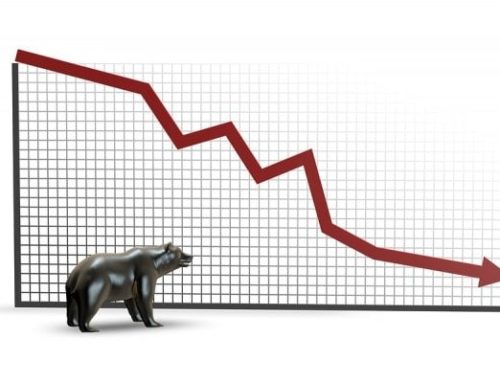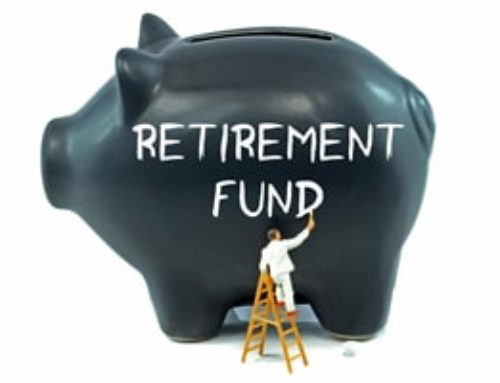
Image source: iStock ©SusanneB
If you’re like most people, you probably evaluate your investments based on their return. However, return isn’t the only factor you should consider…also important is the amount of risk you accept in pursuing those returns. The term “risk” is often understood to mean the risk of loss.
However, a portfolio is generally a means to a goal, which is an important part of a financial plan. Typical goals are: paying for your retirement, or a child’s college education. In that context, “risk” also means the possibility of not meeting the goals in your financial plan.
Risk-Adjusted Return
Let’s say that Don’s portfolio earns an average of 7% annually, for 10 years. His annual returns have been quite volatile..one year they might be a positive 11%, and the following year a negative 19%. Meanwhile, Betty’s portfolio has also averaged 7% annually, but her returns have been less volatile…more steady. She has not had even one negative annual return.
You might think both would end up with the same amount of money after 10 years…but don’t bet on it. It depends on the timing and size of the declines. A big loss in the first year or two means you will spend valuable time recovering, rather than being able to take advantage of compounding. (What Einstein is purported to have referred to as “one of the most amazing forces in the universe.”) Therefore, it is important to consider an investment’s risk-adjusted return.
Volatility Measures as a Part of Asset Management
One of the most common measures of volatility is standard deviation, which gauges the degree of the up-and-down moves over a period of time. It shows how much the investment’s returns have deviated over time from their average. The higher the standard deviation, the bumpier the road to those returns.
Financial advisors rely on an investment’s beta to measure its volatility. This measurement compares the portfolio’s volatility to that of the overall stock market, and indicates how sensitive the portfolio might be to overall market movements. An investment with a beta of 1 would have exactly as much volatility as the overall market. The higher the beta, the more volatile the portfolio.
The Risk of Not Achieving Your Goals
Another way to evaluate risk is to estimate the chances of your investments failing to meet your financial goal. Many financial advisors use a computer modeling technique, known as Monte Carlo Simulation. This technique generates multiple scenarios showing how the portfolio might perform based on past average returns and volatility of your investments. Now, we all know that “past performance is no guarantee of future results”, but this approach can estimate how close your financial . plan might come to reaching your goal.
Consider the following. Bob wants to retire in 15 years. A Monte Carlo simulation might suggest that, given his current level of saving and his type of portfolio, he has a 90% chance, or probability, of achieving his retirement target. If he chose to save more, he could increase his odds of success to 95%. Of course, he might be OK with an 80% chance of success, which means he can save less.
Are you getting paid enough to take risk?
Another approach to thinking about portfolio risk involves the reward side of the risk-reward tradeoff. You can compare your portfolio’s return to that of a risk-free investment, such as the returns on a U.S. Treasury bill. Modern Portfolio Theory is based on the assumption that you should receive greater returns for accepting more risk. A stock should offer a potentially higher return than a Treasury bill…the difference between the two returns is the “risk premium”. The size of the “risk premium” can help you evaluate whether the difference in return justifies, in your mind, the increased risk you are taking.
If you think you may not be getting paid enough for the risk you are taking, it might be time to consult with a qualified North Bay Financial Planner. One of the most important jobs of a CERTIFIED FINANCIAL PLANNER™, is to help you evaluate both the risk in your portfolio, and your risk comfort level. For sure, you will sleep better at night, and feel better about your future retirement.








Leave A Comment
You must be logged in to post a comment.